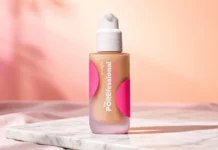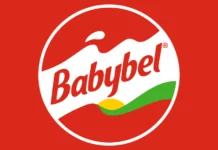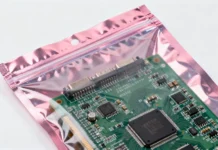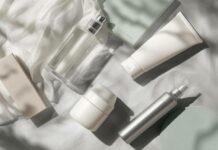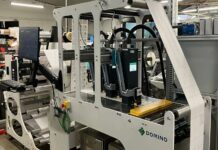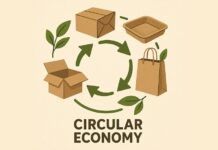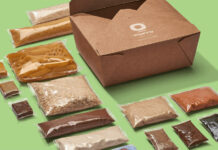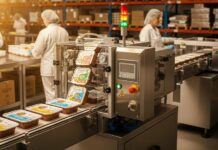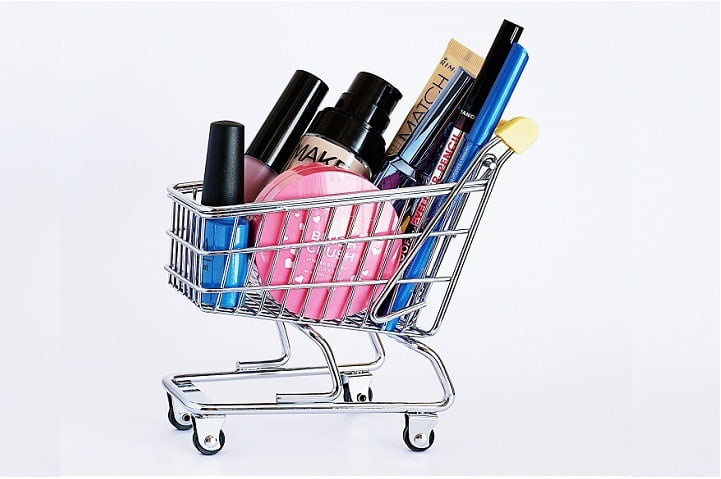Product packaging for cosmetics and skincare isn’t just about the brand’s image. It serves other important functions, such as marketing strategies and protecting the product itself. Packaging is continuously being developed to sell cosmetic products more effectively. One of the recent successes is from the mainstream use of airless packaging. In fact, Data Bridge Market Research reports that the global airless packaging market is expected to increase substantially by 2026 with a 5.8% compound annual growth rate from 2019. Airless packaging constitutes different types of materials including rigid plastics and glass, among others, and this is leading to a swift market expansion. Considering the effects it will have on products of all types, it’s worth at how airless packaging is revolutionizing the beauty industry.
What is airless packaging?
Airless packaging is a type of dispensing system that prevents air from contacting the product. For instance, products that dispense liquids or creams through pumps will typically use airless technology. It can also be used in jars, tubes, and other containers. Airless packaging works by creating a vacuum that dispenses product only when the valve is activated. This has several advantages for the efficacy and longevity of products.
How is it changing the beauty industry?
Airless packaging in cosmetics has significantly improved product performance and, consequentially, industry sales. One of the first advantages that airless packaging provides is product protection. Cosmetic formulator and chemist Stephen Ko explains that most airless pump containers are double-walled, meaning there is an added layer of protection in the product container. Although, perhaps the most important development that comes with airless packaging is how it increases a product’s shelf life. Since there’s no contact with outside air, beauty and skincare products are kept fresher for longer without being contaminated. This is especially important considering we are currently living in a contactless world, which is something we’ve discussed in detail in a previous post previous post on ‘Touch-Free Packaging, Tools and Virtual Try-ons’.
However, there are also a few downsides to airless packaging. Because of the added materials required for design elements like dual chambers, pistons, and additional plastic pouches, costs have increased. This type of packaging is also used with products that are already pricey because they contain sensitive or expensive active ingredients. Then again, premium products would need premium packaging so the costs are justified.
Applications of airless packaging in beauty
There are several ways that airless packaging can be used in the beauty industry. Here are a few common applications:
Actives
Some products are sensitive when exposed to light and air, which can quickly deactivate the active ingredients that make them effective. This is why you will often see products like retinol, peptides, and vitamin C serums placed in airless pump containers. This ensures that these creams and liquids retain their efficacy up until the last drop.
Beauty oils
Airless packaging is also ideal for beauty oils. This prevents them from coagulating and getting contaminated with each use. SymptomFind explains how beauty oils like coconut oil, for instance, need packaging that supports their multipurpose uses. Take coconut oil, for one, which can be applied to the hair as a heat protectant and growth stimulant. However, its performance is also dependent on its packaging as it’s easy to contaminate multi-use products like it. More than protecting it from contamination, airless packaging also helps protect it from oxygen molecules which can break down this product much faster than heat, reducing its efficacy. And since it is a natural ingredient, it will spoil faster as it comes into contact with air.
Foundations and concealers
Foundations and concealers are some of the most bacteria-prone makeup items. USA Today states how these products may become contaminated by your fingers and exposure to air; it’s even possible to have E. Coli present in your cosmetics! It’s best to steer clear of cream products that come in a jar that will require you to dip your hands or makeup tools in them. Opt for a pump, which should ideally be airless. This will keep your foundation from oxidizing and changing color, and it will help retain its texture and lasting power for much longer as the product is kept fresh.
Packaging matters greatly, no matter what industry you’re part of. Whether you’re looking for airless designs for cosmetics or other products, it’s best to be in the know about trends in the packaging industry.



